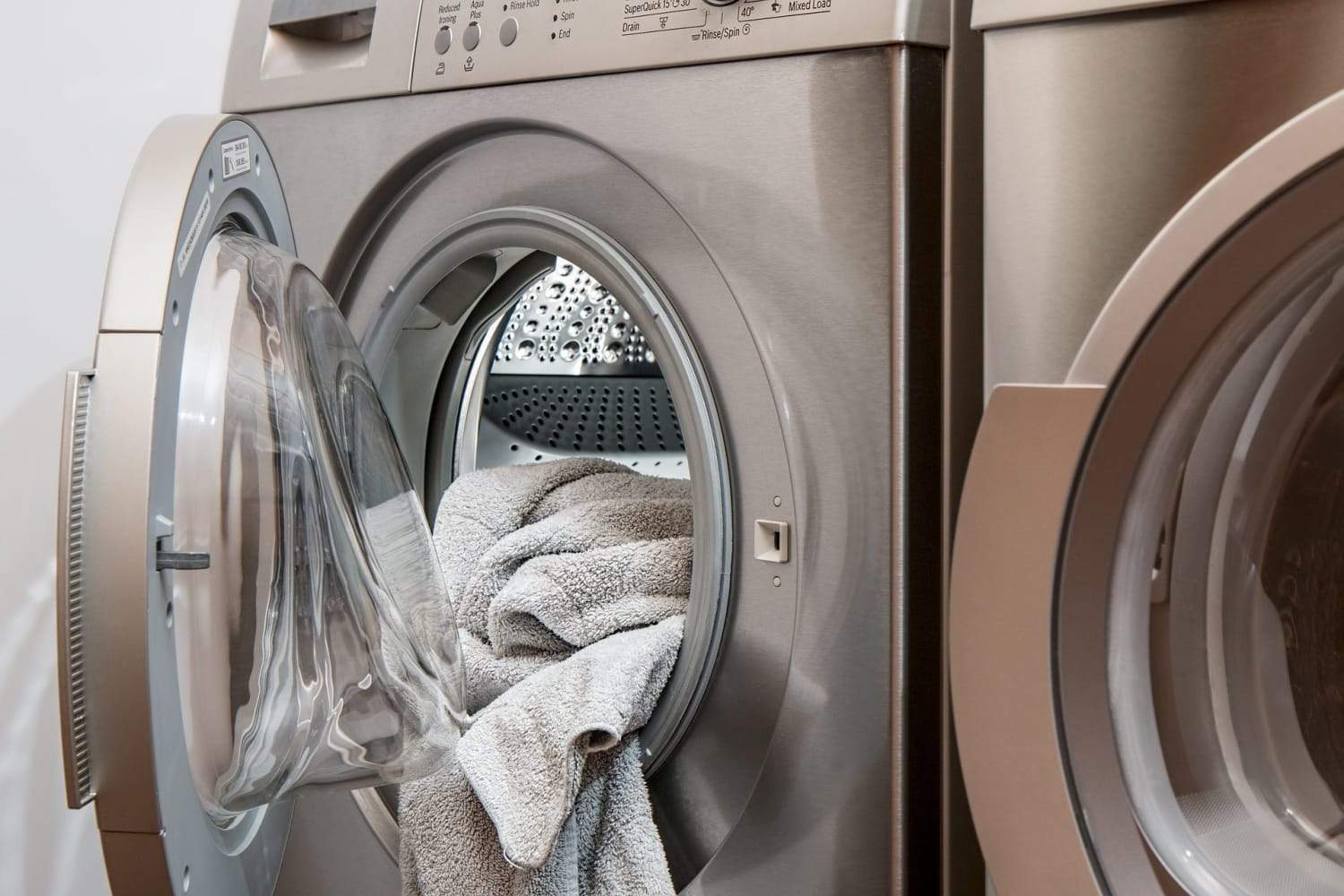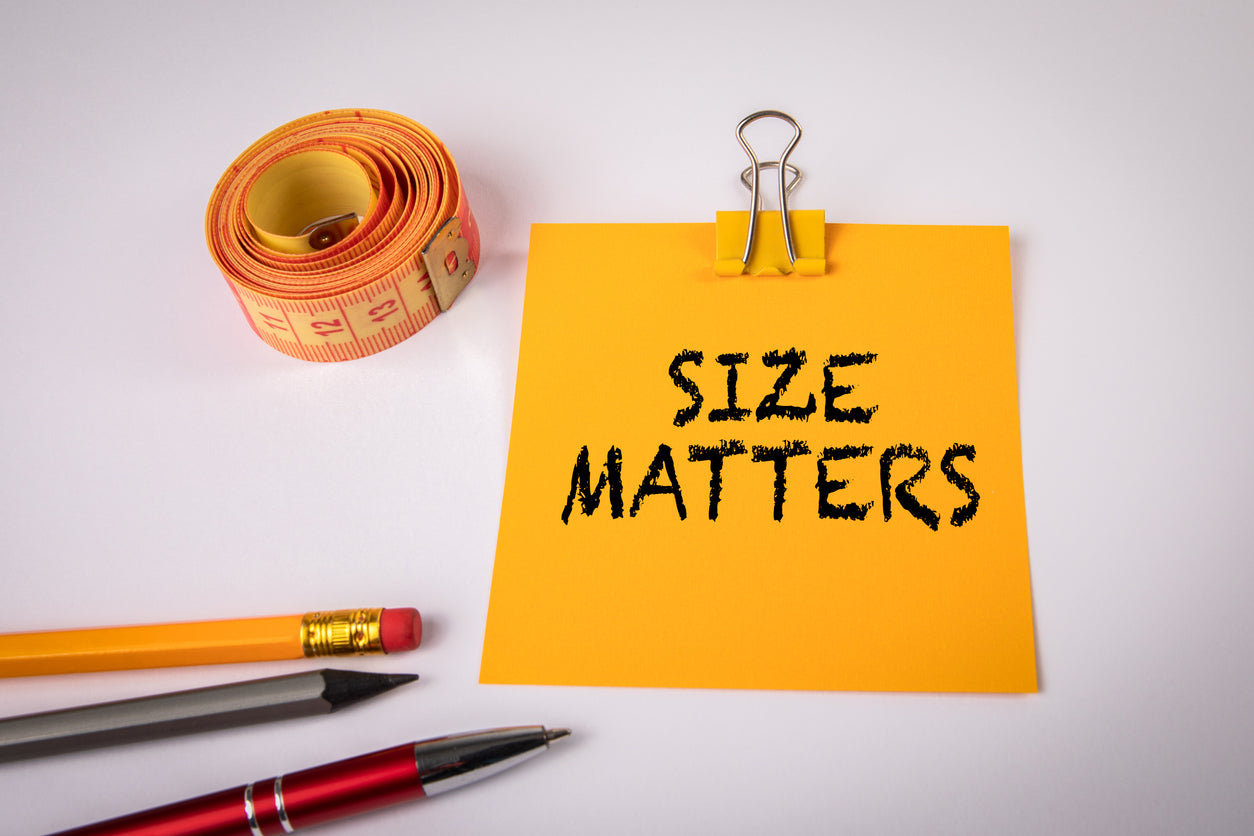Are you an early bird or night owl? When we talk about our sleep preferences, we often use these two animals, but did you know you could also be a wolf, lion, bear, or dolphin? The animal you are is your chronotype.

A chronotype is a classification system used to describe sleep schedules and your biological clock. It revolves around your natural inclination concerning the time of day you prefer to sleep and when you are most energetic, both linking to circadian rhythms.
Sleeping patterns vary from person to person. They are impacted by several factors, including physical activity, age, and sleeping conditions (like if you have a sobakawa pillow!).

Many of us admire the early-risers, wondering how anyone could crawl out of their warm bed and leave their comfortable millet pillow in the early morning. In contrast, others don’t understand how anybody could stay asleep after 8 o’clock. Though some extraneous factors affect chronotypes, experts agree that they are genetically preconditioned for each individual.
The 4 Chronotypes
There are four different chronotypes. Each chronotype is based on the said animal’s sleeping habits: the wolf, the lion, the bear, and the dolphin. Your chronotype determines when you work best, when you are most creative, and when you are most energetic. It is also said to influence your personality.
The Wolf

Roughly 15% of the population have the wolf chronotype, which involves being most productive from 5 PM until 12 AM. These people usually get bursts of creative energy at noon and in the late evening. Wolf chronotypes are typically introverted and may struggle to get up in the morning. If you are ‘The Wolf,’ you may be insightful and find you are out of sync with the working world (e.g., the classic 9 to 5). If this sounds like you, it might be worth focusing on lighter tasks in the morning and tackling the more challenging tasks later in the afternoon and evening.
The Lion

Much like its namesake, people with the lion chronotype are usually early-risers, goal-orientated, and natural leaders. Energy levels tend to peak in the morning before noon hits, meaning people with this chronotype are most productive when they wake up. Unlike the wolf chronotype, lion chronotypes may find getting up early incredibly easy; however, an afternoon energy slump could mean that they may need a power nap to recharge. ‘The Lion’ generally needs around 8 hours of sleep a night, and go to bed at around 10 PM.
The Bear

The bear chronotype follows the solar and lunar cycle, rarely struggling to wake up in the morning (7 AM) and going to sleep at night (11 PM). With around 8 hours of sleep, people with the bear chronotype are usually most productive in the mornings, while production levels decrease in the late afternoon. While this is the case, most bear chronotypes are extraverted and can maintain energy levels through conversations – around half of the population has this chronotype.
The Dolphin

This animal only sleeps with half of its brain on at a time. People with this chronotype may have trouble falling asleep, and often they fall asleep only because they need to rather than because they want to. Dolphin chronotypes are recommended to sleep between 12 AM and 6 AM, with their production levels being at their highest around noon. People with this chronotype, although highly intelligent, can be seen as distant in social interactions. With the lowest percentage of the population being this type, they may seem scatter-brained and need to take breaks throughout the day to recharge.
What Chronotype Are You?
Some people may find that they fit into one of the categories perfectly. For others, it’s not so simple. You may find that you have characteristics from different chronotypes and struggle to identify with one – but don’t worry! There are plenty of ways to discover your chronotype, including completing quizzes online and resources such as books. One of the most common quizzes is ‘The power of when.’ Take the test below, or click here to find out your chronotype.
How To Work With Your Chronotype
Every chronotype has its pros and cons. No matter your type, you can experience tremendous benefits when you learn how to work with your chronotype. For example, if you are ‘The Wolf’ chronotype, you shouldn’t completed your most demanding tasks in the morning. It would be much more efficient to use this energy at night. Knowing when you’re going to be your most productive will help you complete more tasks – and to a better standard – than you would have otherwise. Get to know your chronotype and apply it accordingly to your priorities! Let’s have a look at how each chronotype will work most efficiently.
The Wolf
As I mentioned earlier, people with wolf chronotypes take a while to get going with their energy levels – it might be worth scheduling those all-important meetings and heavy tasks for later on in the day. Although a lot of formal employment work isn’t done in the late evening, such as office hour work, it may be worth taking short breaks during the day to recharge and work hard in the afternoon when those creative levels peak.
The Bear
Ease into the day with light work, then start taking on more demanding tasks during the late morning, and then decline with lighter work again as the day goes on. You can imagine a graph with this one with a simple peak in energy – mid-mornings are perfect for people with a bear chronotype to take on heavier tasks, so use this to your advantage.
The Lion
As predicted, lion chronotypes should get all their important, pressing work done in the mornings while they’re awake and alert. Quickly losing steam throughout the day, the afternoon should be reserved for more simple tasks, and a good night's sleep should be a priority in order to be productive the following day.
The Dolphin
People with the dolphin chronotype may find it more challenging to know when they are most productive. Experts suggest that dolphin chronotypes should ease into the day with lighter tasks (similar to the wolf chronotype) before tackling more complex tasks. Their creative energy peak may come at random, so dolphins should take advantage of it when it decides to show up. Since it’s difficult for this group to fall asleep, taking away distractions such as mobile phones, laptops, and TVs may help dolphin chronotypes get the sweet slumber they need.
Changing Your Chronotype

If you find you are in a perpetual state of sluggishness, even if you are getting enough sleep, it could be because you aren’t in sync with your chronotype. When your sleep and work schedule is aligned with your chronotype, you’ll reap the rewards such as increased energy, productivity, and better quality of sleep. That said, it’s not always as easy as it sounds. Because it is so closely linked with biology and the involvement of circadian rhythms, it can be difficult to do so.
To help you adapt to your recommended sleeping pattern, you should make your bedroom a sleep sanctuary. Room darkening blinds, noise machines, and a cool temperature will help. Your mattress and bedding will also make a big difference. Nothing is worse than tossing and turning on a lumpy mattress and pillow. If you don’t have the best pillow situation right now, it may be time to level up.
Buckwheat pillows (also known as sobakawa pillows) or a millet pillow can make a world of difference. These pillows are filled with buckwheat hulls or millet hulls, giving you a firm yet comfortable feeling that will support your head and neck. For customized comfort, you can increase or decrease the number of hulls to adjust how supportive and firm the pillow is. Your bedroom should help prime you for sleep. This will allow you to get into the flow of your chronotype more quickly.
Changing the time you eat your meals can help ward off unwanted sleepiness and give bursts of energy when you need it. Also, sticking to a set bedtime every night can do wonders for the cycle you’re trying to achieve. Some people have even found success when they changed careers to better fit their chronotype. Working remotely or with flex hours could give you the opportunity to work in your most productive hours. As more people have been working from home over the past year, many have gradually gotten into the flow of their chronotype. Without waking up early to get ready and beat the traffic, fewer people are setting alarms and waking up with their body’s natural rhythm.
The next time someone asks if you are an early bird or night owl, you can tell them how you are a wolf, tiger, bear, or dolphin. With a better understanding of your chronotype, you can maximize your waking and sleeping hours.






